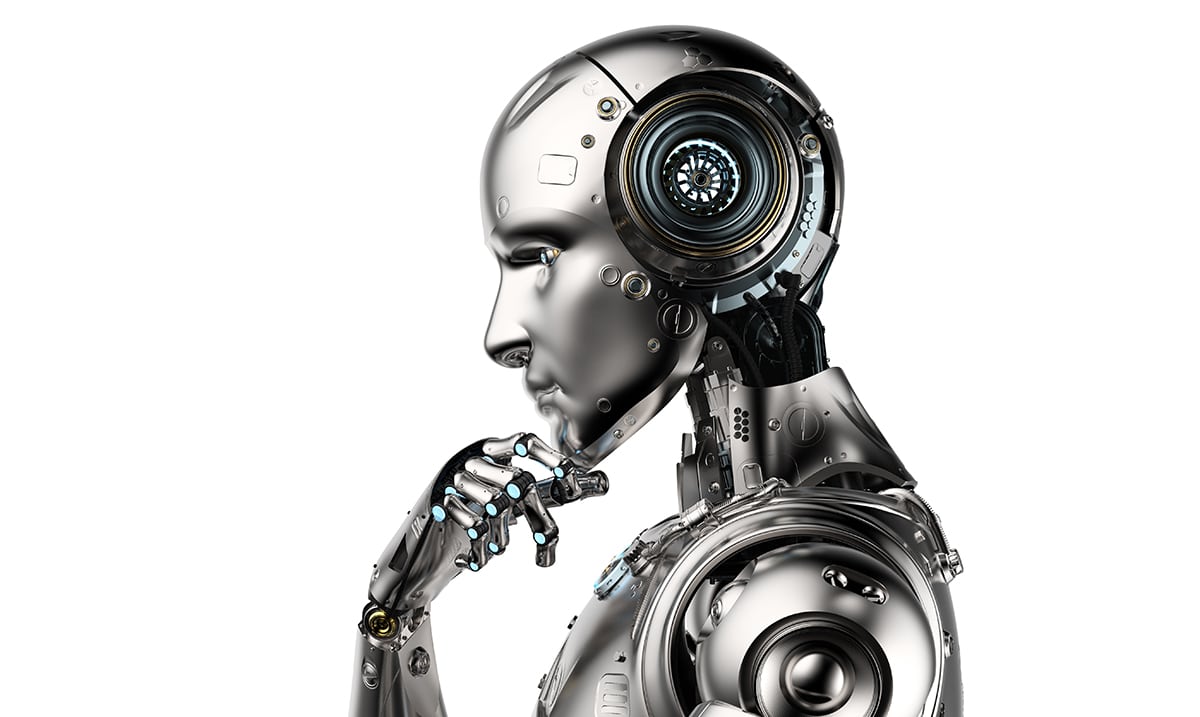When I first heard of this, I thought to myself “This must be the title of a science fiction novel,” however, I was surprised to find out it is true. Scientists have now created the first living robots, which they refer to as Xenobots.
What sets these ‘robots’ apart from the rest is the fact that they were created by frog stem cells. And even more interesting is the fact that they can heal themselves!
The stem cells used to create these living robots come from the African clawed frog (Xenopus laevis.)
“These are entirely new lifeforms. They have never before existed on Earth,” explained Michael Levin, who works at the Allen Discovery Center at Tufts University in Medford, Massachusetts. “They are living, programmable organisms.”
Since their creation, the Xenobots have been able to pick objects up and move them, and can now reproduce.
“Frogs have a way of reproducing that they normally use, but when you … liberate (the cells) from the rest of the embryo and you give them a chance to figure out how to be in a new environment, not only do they figure out a new way to move, but they also figure out a new way to reproduce,” Levin told CNN.
To create the robots, scientists scraped living stem cells from frog embryos and then incubated them. The cells were then cut and reshaped into “body forms” that had been designed by a supercomputer.
From there, the cells began to move about and work on their own, with their own “heart muscle cells” which enabled them to move around.
Unlike typical robots, you know, the ones that are made of metal and gears, these robots look like little blobs made of flesh.
According to the scientists who created them, they can be used to clean up radioactive waste, collect microplastics in the oceans, or carry medicine inside of human bodies.
On top of that, they could teach the scientific world a lot about biology.
The Xenobots are around one millimeter in size, however, Levin told the Guardian that they intend to make them scale and to include other cells, blood vessels, and even nerve cells. However, it could be a while before that happens.
According to Sam Kriegman, a Ph.D. student on the research team, their work has raised ethical questions. “What’s important to me is that this is public, so we can have a discussion as a society and policymakers can decide what is the best course of action.”
For now, we will just have to wait and see what comes of these tiny little blob bots.

